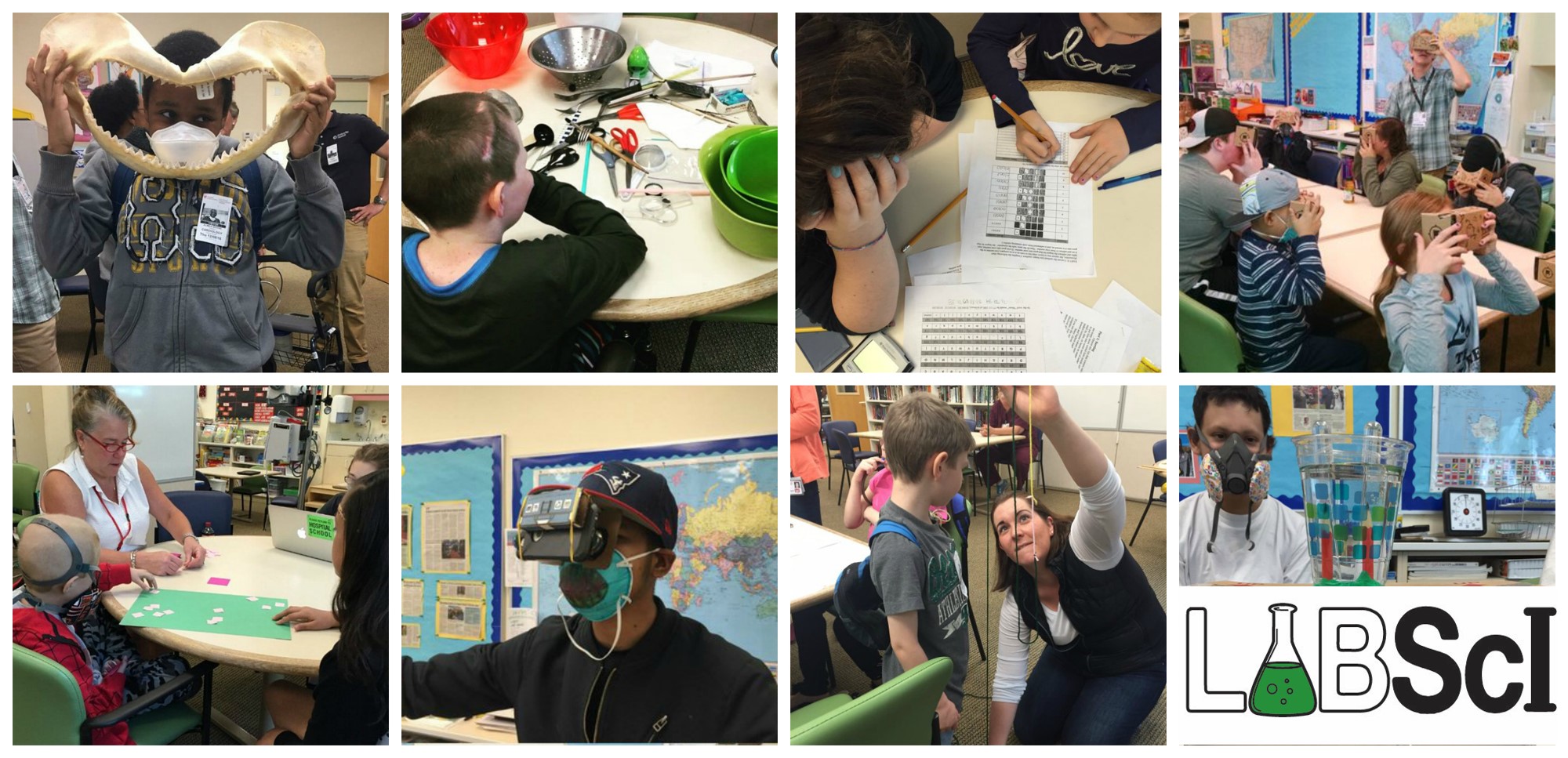In this activity, metric measurements for length, volume, and mass will be reviewed using common classroom materials. Students will also practice using common laboratory equipment, such as metric rulers, meter sticks, and balances.
Download the labs!
Student Version
Recommended Prerequisites: None
Key Concepts:
- The Metric System, also referred to as the International System of Measurement (SI), is what the scientific community uses to measure data precisely.
- Units of measurement, such as feet, pounds, inches, and miles are part of the English System of Measurement that we use daily in the United States. These measurements are not part of the Metric System.
- The Metric System is based on the number 10. Thus, it is quite easy to change one unit into another because all units are related to one another by powers of 10.
- The three basic units of the Metric System that will be used in this laboratory investigation are grams (mass), liters (volume), and meters (length).
- Volume generally refers to how much of something (e.g. liquid, gas) a container can hold.
- Mass refers to how much something weighs.
- “Symbol” refers to the abbreviation, or initials, used to denote a specific metric measurement (mL, kg, cm).
- “Name” refers to the full description of a specific metric measurement (e.g. milliliter, kilogram, centimeter). The first part of the name (milli, centi, kilo) refers to the amount or size of substance being measured. The second part of the name (liter, gram, meter) refers to the basic type of unit based on what is being measured: mass, volume, or length.
Materials:
- Meter stick
- Metric ruler
- Small test tubes (or equivalent small container)
- Rubber stoppers (jar lids are a suitable substitute)
- Pennies post-1982 (other coins can be substituted)
- Balances (triple-beam or digital if available) – suggestions will be given on how to measure mass in this lab if suitable balances cannot be obtained.
- 50mL beaker (one for each student group is preferable)
- 100mL graduated cylinders (one for each student group is preferable)
- Various sizes of small liquid containers (one for each student group is preferable)
